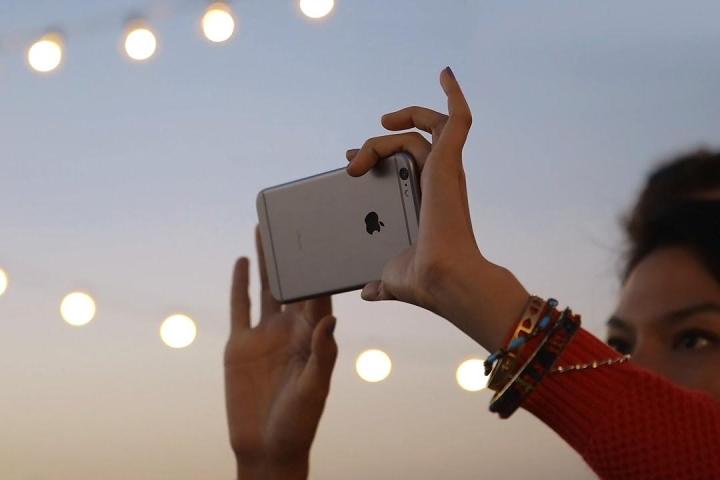
The project, a collaboration between the city of Singapore and the Massachusetts Institute of Technology, “provides people with access to a range of useful real-time information about their city by developing an open platform for the collection, elaboration and distribution of real-time data that reflect urban activity.”
The real value that researchers see in the data made available by smartphones and other mobile devices lies in the constant informational feedback loop that takes place between user and technology. Providing up-to-the-minute information on a host of topics about their environment, researchers and project leaders believe that LIVE Singapore! is “an ideal lab to study the link between technology and city planning.”
The project sits under the jurisdiction of the Singapore-MIT alliance for Research and Technology (SMART), MIT’s first research lab not located in Cambridge, and the largest international research center to date. Speaking to CNN, Carlo Ratti, director of the MIT Senseable city lab, a part of SMART, noted, “Over the past decade, digital technologies have begun to blanket our cities, forming the backbone of a large, intelligent infrastructure.” This, Ratti says, allows scientists to “analyze the pulse of the city, moment to moment.”
Given that there are 1.4 smartphones per Singaporean, the sheer amount of data available may impact a number of day-to-day decision making processes, including how to dress for the weather, what parts of the city to avoid due to overcrowding, and what routes to take to accommodate for traffic and taxi availability. Ultimately, CNN points out, “The use of urban space can be revealed in real-time.”
The goal of the entire project is to develop a series of apps that would make the information more easily digestible and accessible to the average Singapore resident. “The way it will change people’s lives is through different types of apps,” Ratti told CNN. “LIVE Singapore! can start ideas for combining data, which can become apps.”
If successful, the possibilities are endless. Said Ratti, “Anybody can use it to visualize and explore the data and learn more about their city.”


